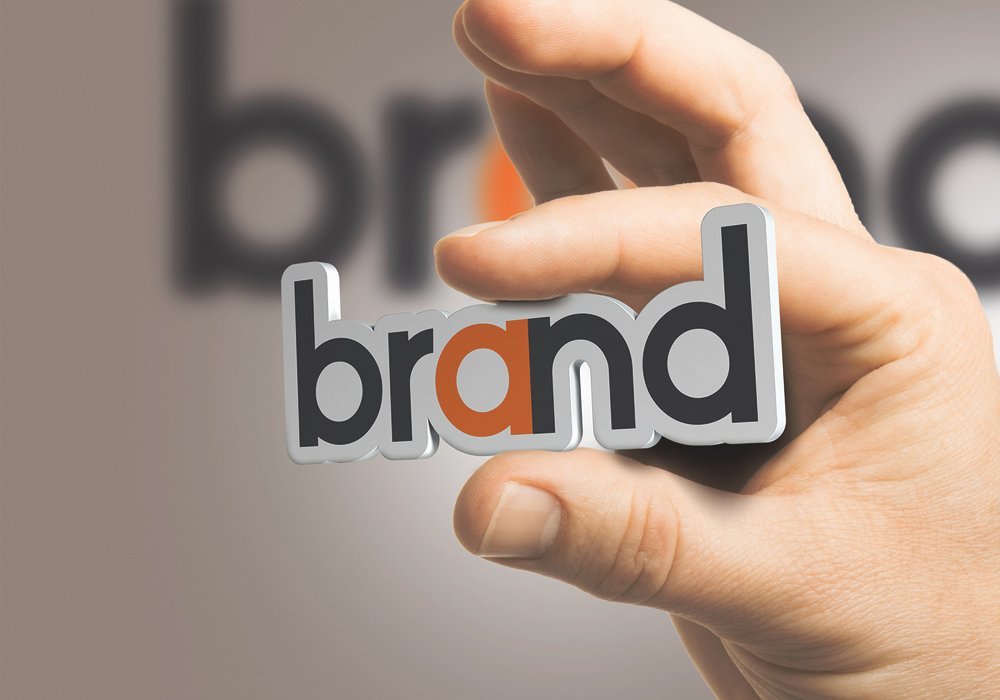Every touchpoint with your audience is an invitation to your brand experience. You set the stage for what they can expect, and if it’s appealing, they’ll agree to see what you have in store.
But when you develop a brand image before firmly establishing it within your organization, you create a potential disconnect between your internal culture and the face of your brand. When your brand promise doesn’t measure up to your audience’s expectations, you won’t just disappoint; you’ll also lose their trust and loyalty.
This misalignment is frustrating for employees, too. If they realize during onboarding that working in your organizational culture is nothing like their expectations, you’ll have dissatisfied employees, lower morale, and higher turnover rates.
Your brand experience needs consistency and reliability to win the trust and loyalty of every stakeholder. If your employees are sending mixed signals about what the brand is, current and future customers simply won’t buy in. To deliver on your brand promise at every level, you need to start from the inside out.
Turning Your Branding Inside Out
As my colleague and branding expert Mark Margolis puts it, inside-out branding is about aligning your internal culture with the way you want to be perceived so you fulfill your brand promise naturally. And when customers have faith in your brand, it will breed trust.
Disney is a great example of this. The brand is all about storytelling, and the deeper fans travel into its world, the more they become a part of the story. Unexpected experiences delight park guests, and new technologies are seamlessly incorporated into the old-fashioned storytelling foundation.
This wouldn’t be the case if every employee didn’t behave in a way that supported the storytelling experience, even in small details.
All leaders want to leave consumers with a good feeling about their brand. Here are a few ways to adopt an inside-out branding approach and faithfully deliver on your brand promise:
- Don’t leave things to chance. Every organization establishes an accepted way of doing things over time — a culture. But many workers can’t even define their company’s culture because it hasn’t been carefully created. This is especially problematic with employees who have customer-facing roles. You need to purposefully choose the culture your organization adopts. Being intentional about what you stand for, what is in bounds and what isn’t, and how you collectively want to be defined will help drive your strategy in the right direction.
- Include others in the discussion. Culture is a function of group interaction, and you need to approach it this way. Sitting in a room with a small group of leaders will naturally create a culture with time, but it might not be the best fit for your company. Actively involve your staff in the process so everyone agrees on a collective culture.
- Acknowledge that your culture may need to change. Your current corporate culture might be successful today, but that doesn’t mean it will continue to serve your company as it evolves over time. Continually assess your culture, along with your brand and strategy, and be ready to adapt when it makes sense for your brand message.
- Ask for help. Culture is a complex and intangible part of your organization, which makes it a difficult concept to grasp. It’s OK to seek experts to help create a culture that drives performance, just as you would to develop a marketing or branding strategy.
Your branding efforts are building up consumer expectations about your company; don’t let them crash and burn. Make sure your company actually embodies the qualities and values you’re claiming — inside and out. If you truly practice what you preach, consumers won’t be able to help but trust your brand.
This article originally appeared on Forbes
Culture Change is a Complex Process
Make sense of it with actionable advice from experts on the front lines.
You've successfully been added to our list. We're glad to have you!

